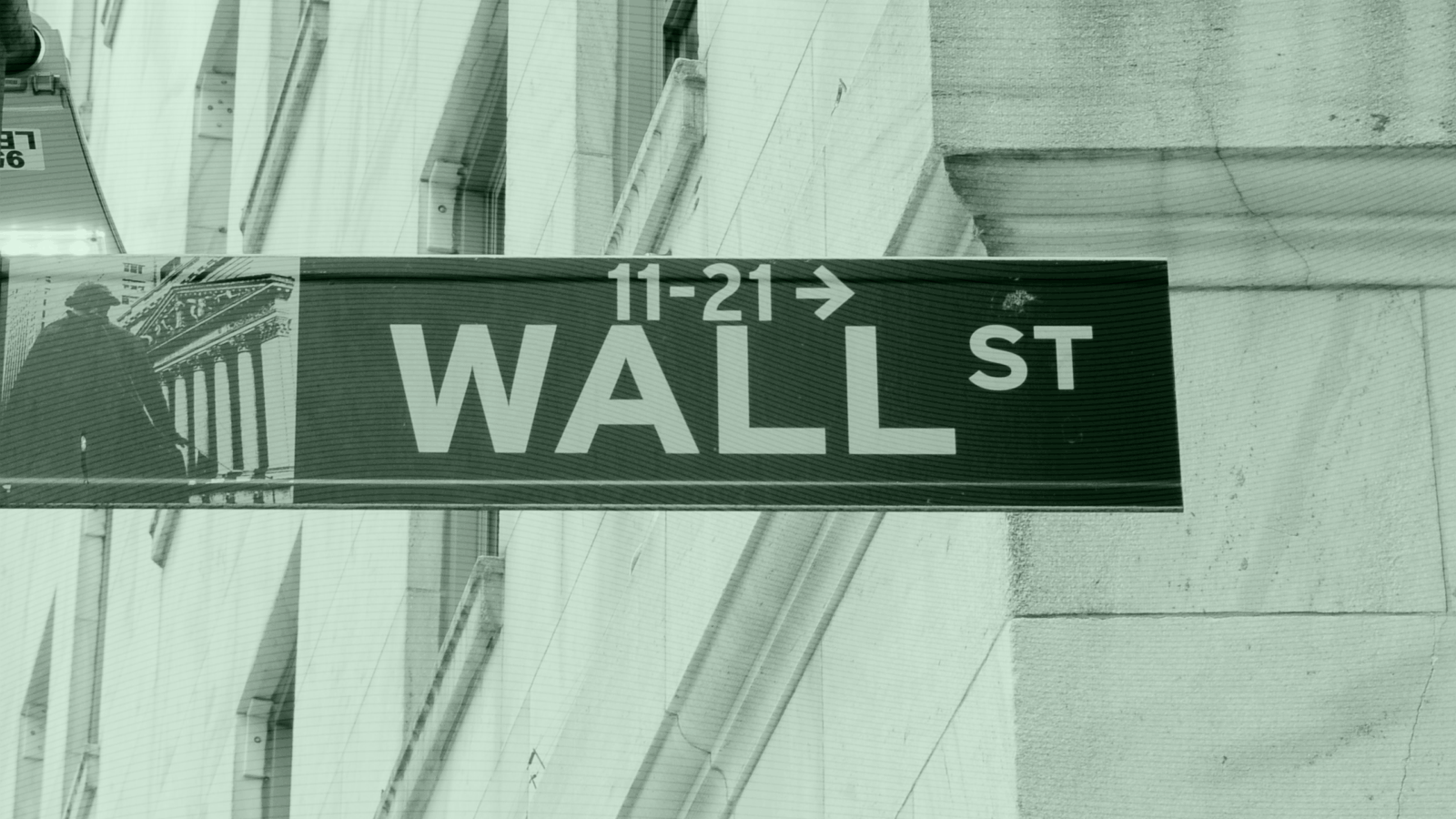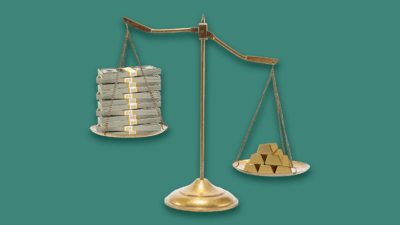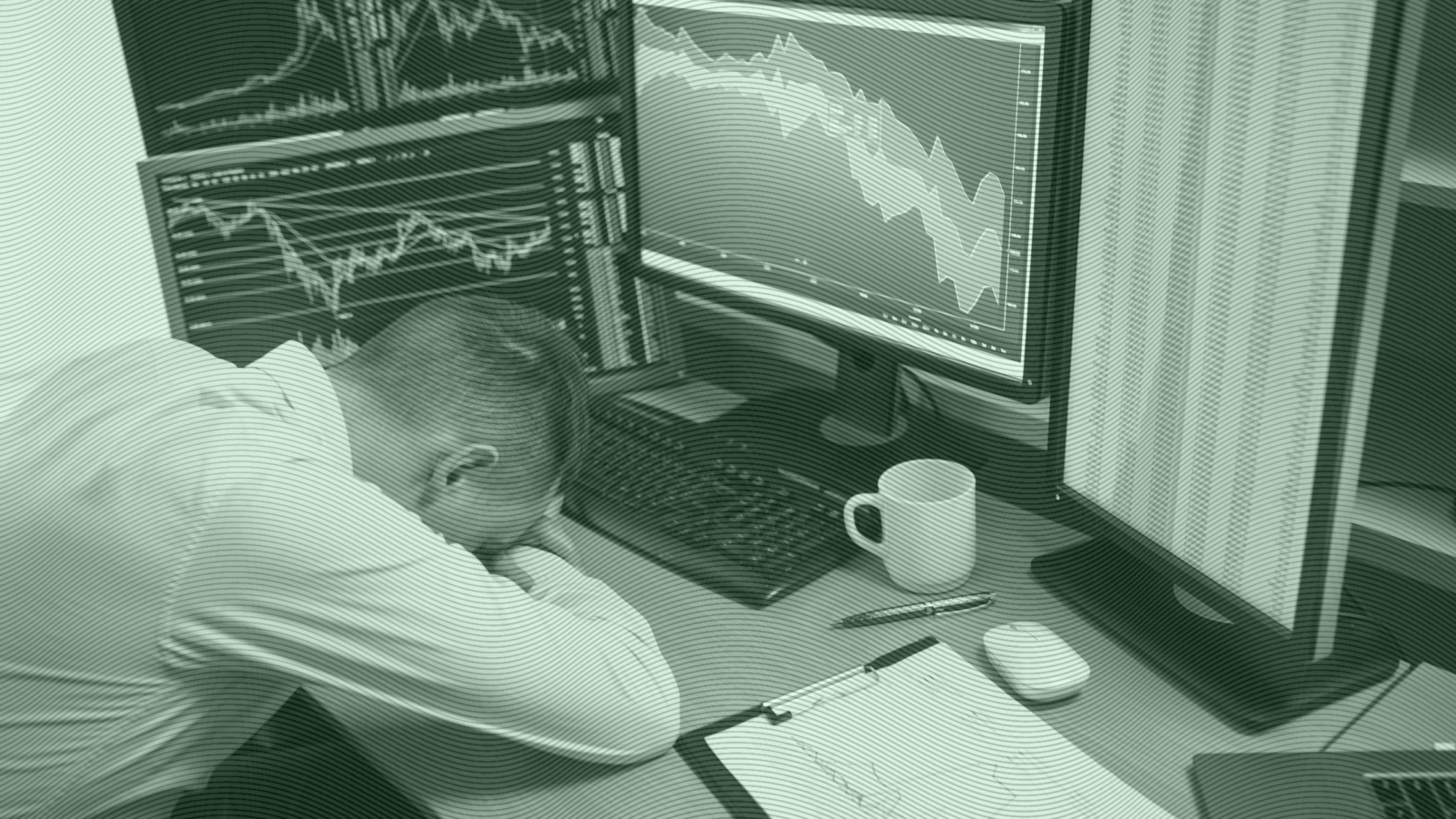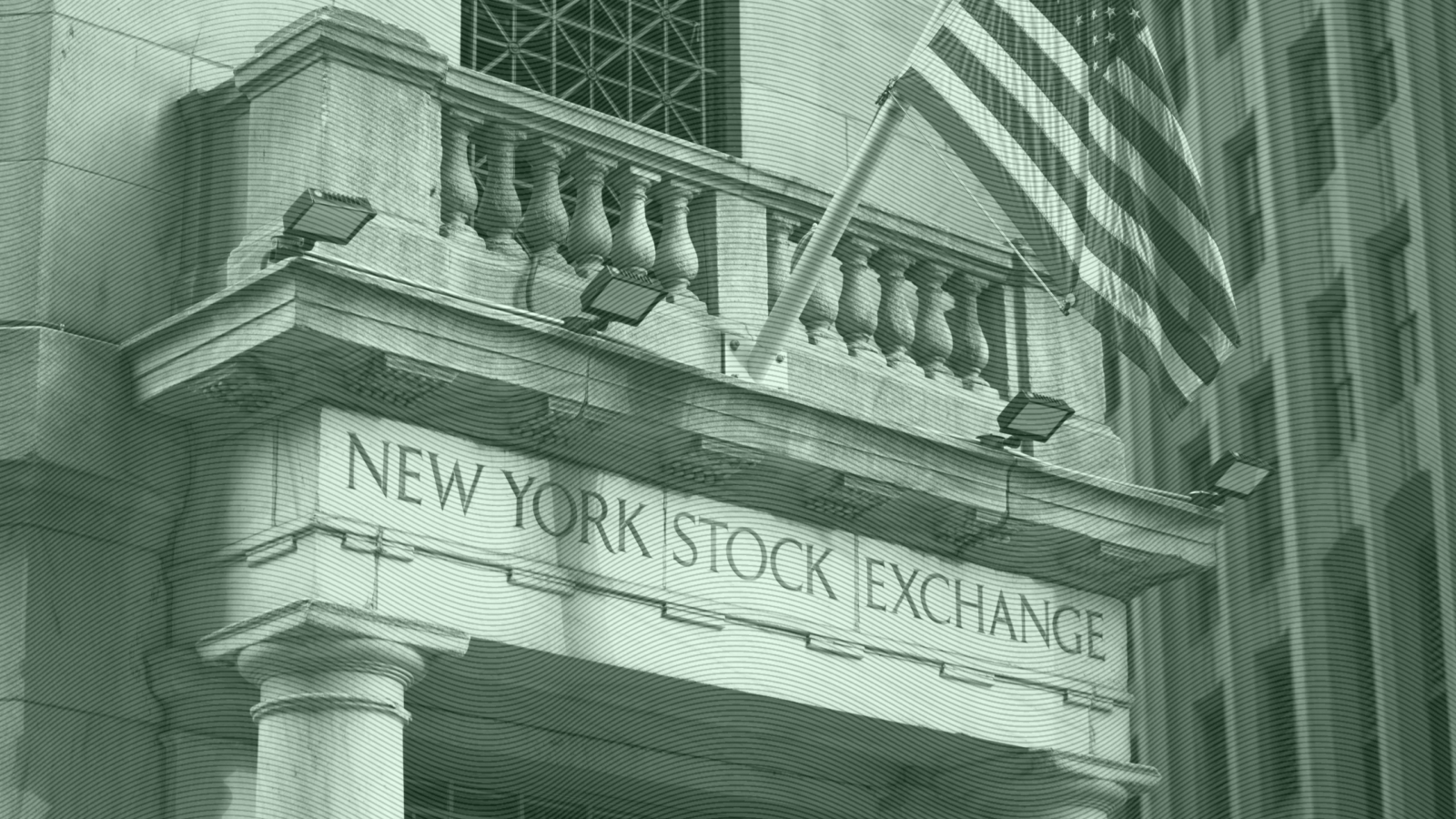The Worst Stag Party Ever?
“Stagflation” has wreaked havoc on the economy in the past. While it has been an empty threat recently, it still needs to be considered.

Sign up for market insights, wealth management practice essentials and industry updates.
“Stagflation” is one of those terms permabears just love bringing up.
The portmanteau describes an economy hit with persistent inflation and stagnant consumer demand. It’s hard to deny the economy is slowing by many measures. Sure, it’s been remarkably resilient, but wealth disparity is growing rapidly, meaning there are fewer large pockets of wealth holding up the ship.
While stagflation has been an empty threat more often than not, it’s hard to ignore the conditions are gradually falling into place.
That ‘70s Show
Advisors know that we recently endured the highest inflation since the 1970s. What they may not realize is that when inflation subsided back then, it merely rested its eyes before returning to wreak havoc on the economy. What happened to the S&P 500 index during the start of 1973 through early July 1980? Its price went all the way from $118 to — wait for it — $118. Investors thought the worst was over, but oops.
And since the one thing economists can agree on regarding the US presidential election is that both candidates’ plans are likely to blow a bigger hole in America’s debt, it’s easy to see the risk. (Even if it remains ultimately unrealized.) Sure, the US Consumer Price Index year-over-year inflation rate receded from its multi-decade high of just over 9% in June 2022 to just over 2.4% in the most recent report. But that does not mean this stag is out of the woods just yet.
Over-inflated. Investors who opt for overconfidence and bravado about their investing, instead of injecting some balance and humility, might get away with it. But accounting for the potential for stagflation in your planning could be the difference between growing your practice and losing a chunk of it.
When we look at the current market climate, it is pretty clear that, while we can’t predict the future, we can conclude that risk is high. Even if it doesn’t follow through and wreck client portfolios, the advisor’s job is to account for risks before they happen — not after it hits them in the wallet.











